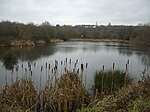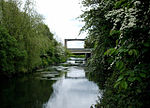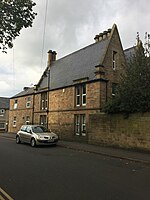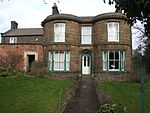Cross Daggers
Buildings and structures completed in 1658Grade II listed buildings in SheffieldGrade II listed pubs in South YorkshireHistory of SheffieldHouses completed in the 17th century ... and 2 more
Use British English from March 2018Yorkshire building and structure stubs
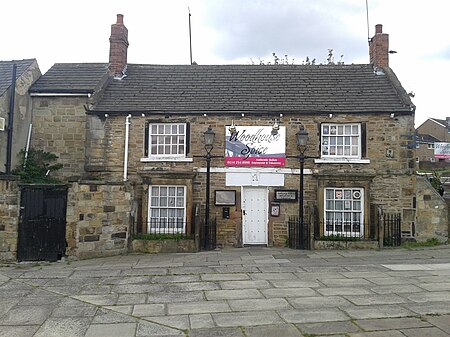
The Cross Daggers is a Grade II listed former public house in Woodhouse, Sheffield, England.The building features a date stone above the door which states that it was built in 1658 as well as the initials TGN, which is said to have stood for Thomas Godfrey Newbould, a prominent Quaker and landlord. The building overlooks the village stocks as well as the cross. Although it has largely been used as a public house since its completion, in more recent years it has been used to house various restaurants.
Excerpt from the Wikipedia article Cross Daggers (License: CC BY-SA 3.0, Authors, Images).Cross Daggers
Market Street, Sheffield Woodhouse
Geographical coordinates (GPS) Address Nearby Places Show on map
Geographical coordinates (GPS)
| Latitude | Longitude |
|---|---|
| N 53.35842 ° | E -1.36985 ° |
Address
Spice & Rice
Market Street 14
S13 7JX Sheffield, Woodhouse
England, United Kingdom
Open on Google Maps

